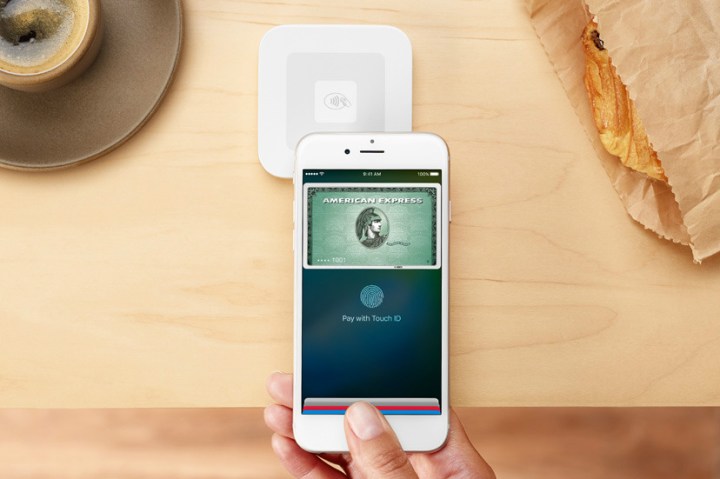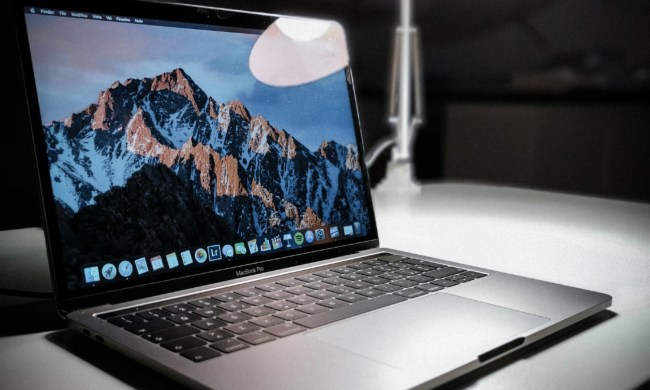
Thankfully, the days of downloading new apps for every store we visit may be behind us. Kohl’s has become the first store to link store cards and rewards, meaning that Apple Pay users can now pay with their Kohl’s Charge card and earn Yes2You points — all through Apple Pay.
The new option is available in 250 Kohl’s stores around the U.S., and it will be at all Kohl’s stores by the end of the month. Kohl’s told us in an email that while it was originally thought that you could only get rewards points if you used the Kohl’s Charge card within Apple Pay, in fact you can get loyalty points with any form of payment — credit card, debit card, Kohl’s Charge card, etc.
Kohl’s has been seriously on its game when it comes to adopting Apple Pay — the store was also the first to have an Apple Pay-enabled store card back in October. This allows customers to configure their Kohl’s card in the Apple Pay app without having to carry the cards around with them.
Of course, Kohl’s isn’t the only company adding support for loyalty cards in Apple Pay — Dunkin’ Donuts, JCPenney, Panera, Wegman’s and Whole Foods are all set to do the same in the near future. Not only that, but Apple Pay recently added another 20 supported banks in the U.S., as well as a few banks in the U.K. Eventually, the goal is to be able to completely replace the wallet. From credit cards to rewards cards, using a mobile payment service should eliminate the need to carry around your wallet at all.
Updated on 05-05-2016 by Christian de Looper: Added info that customers could get loyalty points with any form of payment within Apple Pay.



